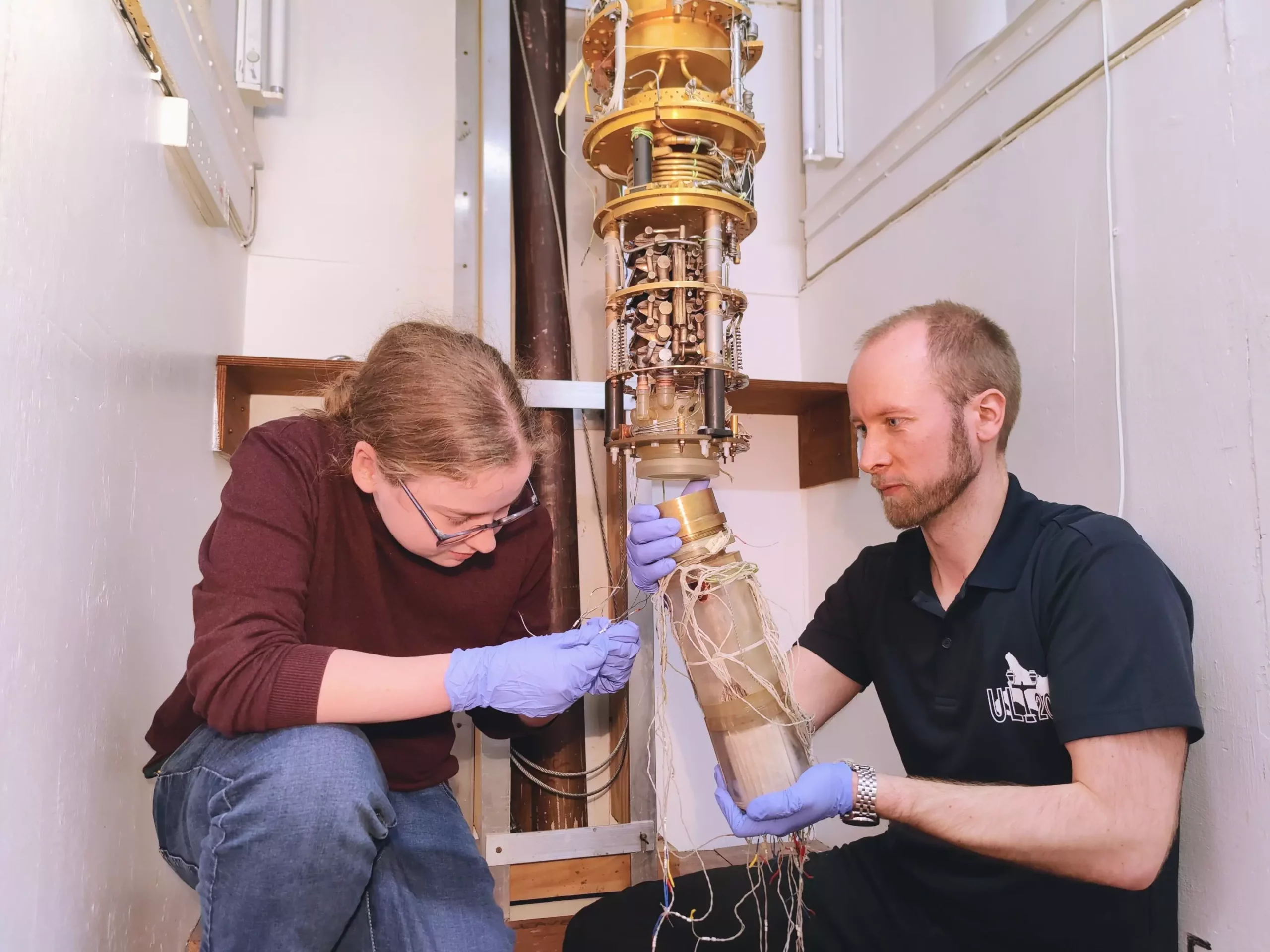The search for dark matter, one of the greatest mysteries of science, has intrigued researchers for decades. It comprises approximately 80% of the matter in the universe, yet it remains invisible and undetectable through conventional means. However, recent advancements in quantum technologies have brought scientists closer to solving this enigma than ever before.
While dark matter cannot be directly observed, its presence is inferred through the effects of gravity on visible matter. Particle physics theory suggests two primary dark matter candidates: new particles with ultra-weak interactions or very light wave-like particles known as axions. These particles present unique challenges for detection, as their properties and behaviors remain largely unknown.
A collaborative effort between scientists from Lancaster University, the University of Oxford, and Royal Holloway, University of London, has led to the development of cutting-edge dark matter detectors. Dr. Michael Thompson, Professor Edward Laird, Dr. Dmitry Zmeev, Dr. Samuli Autti, Professor Jocelyn Monroe, and Professor Andrew Casey are at the forefront of this groundbreaking research. Their work is showcased at the Royal Society’s flagship Summer Science Exhibition, offering a glimpse into the innovative technologies used to probe the invisible universe.
The Quantum Enhanced Superfluid Technologies for Dark Matter and Cosmology (QUEST-DMC) team is focused on detecting collisions with dark matter candidates through the use of superfluid helium-3 and superconducting quantum amplifiers. By combining these quantum technologies, the researchers aim to achieve unprecedented sensitivity to even the faintest signals of dark matter interactions.
In contrast, the Quantum Sensors for the Hidden Sector (QSHS) team is exploring the detection of axions, which are incredibly lightweight and abundant particles. These researchers are developing a new class of quantum amplifiers capable of measuring the subtle electrical signals produced when axions decay in a magnetic field. This approach relies on the intricate principles of quantum mechanics to unlock the secrets of these elusive particles.
Through hands-on exhibits and demonstrations at the exhibition, visitors of all ages can engage with the concept of dark matter. From observing the influence of unseen angular momentum on a gyroscope to creating parametric amplifiers using simple tools, the public can explore the fascinating world of quantum physics and its applications in solving cosmic mysteries.
As the quest for understanding dark matter continues, the contributions of these pioneering research teams shed light on the intricate workings of the universe. By harnessing the power of quantum technologies and pushing the boundaries of scientific exploration, we inch closer to unraveling the enigmatic nature of dark matter and expanding our knowledge of the cosmos.


Leave a Reply